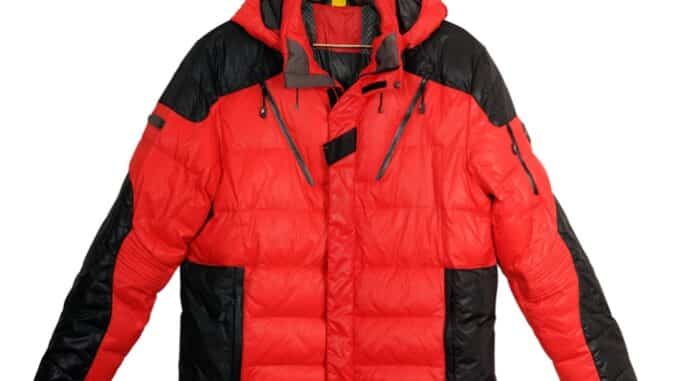
Ski fashion trends are all very well and you may really look the part on the slopes in the latest fashions. However, there is more to think about when buying a good ski and snowboard jacket than how it looks. It goes without saying the more expensive jackets are more efficient as they say “you get what you pay for” and for a good quality ski jacket is worth investing in.
Breath ability and Waterproofing
Most importantly you need the jacket to keep the snow well away from your body but it needs to allow the heat and moisture from your body whilst skiing, snowboarding and hiking to escape. The jackets need to be able to literally breathe ensuring waterproofing and breathe ability work to maximum effect. Obviously the more you pay for your jacket the better the quality and the waterproof/breathable membrane in the fabrics used to make them will be of the highest grade.
Both waterproofing and breather ability are graded in numbers and grams respectively. The level of waterproofing is usually measured in numbers referring to a water test – 5,000mm is low waterproofing, 10,000 average, 20,000 high, and 28,000mm very high. Breath ability is normally measured in grams, again with 5,000g being low and 20,000g or more being very breathable.
There is also a RET value when talking abut breath ability, less than a 6 rating is very breathable and up to 13 is good, 20 is ok but its not the best. If the jacket is high in waterproofing it can alter the moisture and heat to escape, ideally choose the double your jacket will work better for you.
Waterproof Coating
Along with the waterproof membrane in the fabric the majority of ski jackets have a thin coating to repel water on the top layer and is usually called DWR (durable water repellent) treatment.
Shell or Insulation
Normally the padded jackets are warmer however they are less versatile than a shell jacket which has virtually no insulating material. Synthetic padding is bulkier than natural down insulation and works better when wet. However some manufactures are mixing natural down and synthetic padding in the same jacket, the down is placed in the areas most needed for warmth and the synthetic in areas most likely to get wet. The names to look for are PrimaLoft and Thinsulate which offer a good range in these types of ski jackets.
Sealed Seams
Apart from the seams being stitched together often the seams are also taped inside to enhance the waterproofing.
Moisture wicking
Often the jacket linings are made of rapid drying material or mesh that transport the sweat away from the body, it aids in keeping you dry.
Venting
Underarm vents are vital so you don’t overheat whilst skiing allowing the hot air to escape your jacket; they can be mesh lined or have a 2 way zip.
Hood
They can be fixed or detachable and designed to fit over a helmet, they are adjustable to keep from falling over your eyes and impairing vision.
Weight and Durability
As to be expected there are different weights and weaves of jackets, the more layers makes the material hard wearing but they are heavier.
Cut and Fit
It really depends what your going to do, if you tend to ski only then go for a slim fit, if you are a freestyler than choose something loose so you move more freely. Stretch material aids both snowboarders and skiers.
Snow skirt and Snap to Pants
Both help prevent the snow from getting inside your clothes aiding to keep you warm and dry.
